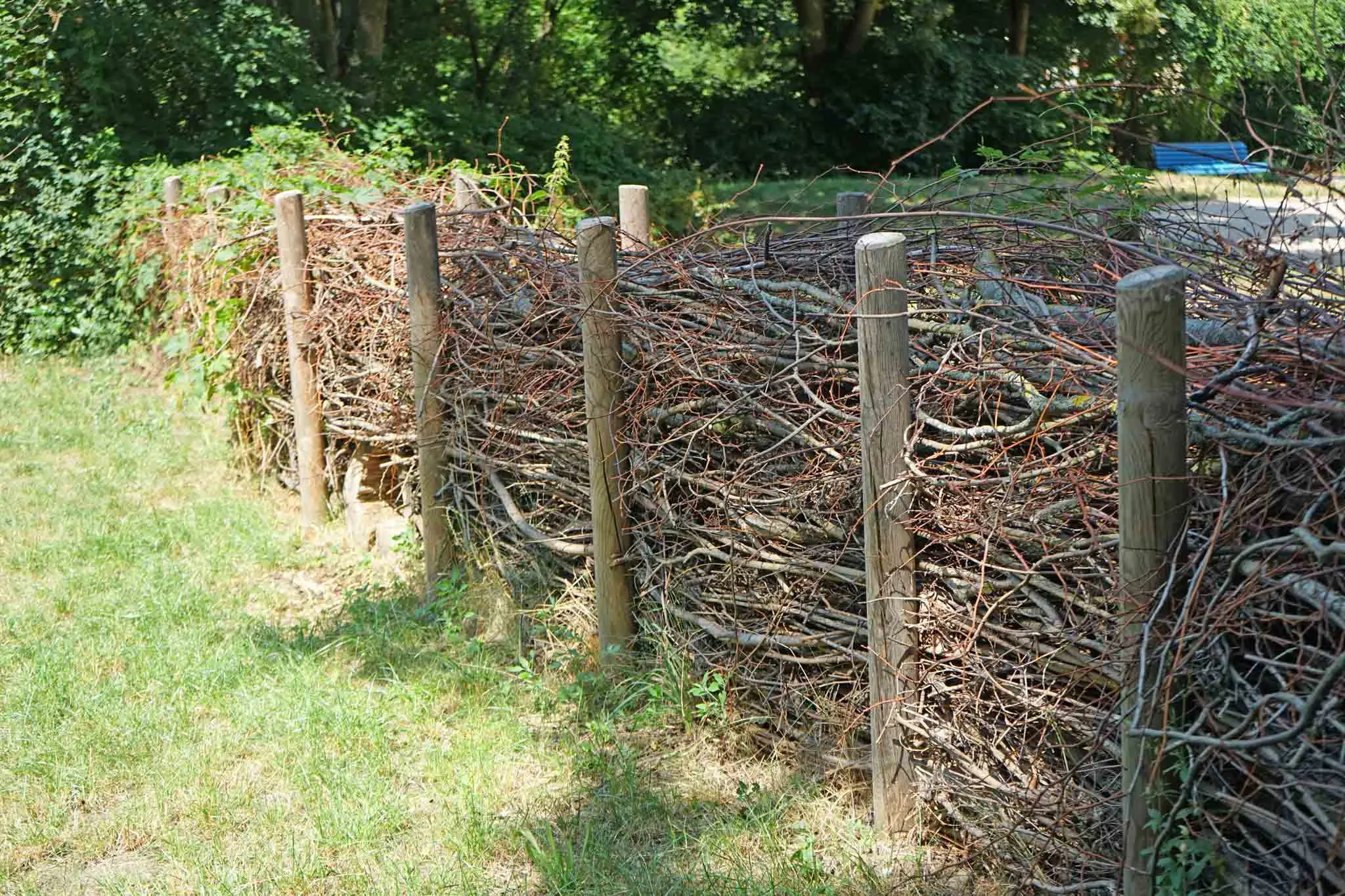
More than 60 Wrens were once found snuggled up together in a nest box to keep warm!


More than 60 Wrens were once found snuggled up together in a nest box to keep warm!

The winter months can be a challenge for local wildlife – and us! We’re in the coldest part of the year. Although our usual gardening jobs will be on hold for the moment, there are still things we can do to help nature in our outdoor space.
Despite being the UK’s commonest breeding birds, Wrens can be surprisingly difficult to see, because of their tiny size and habit of hiding away in vegetation. They live in most habitats across the UK, including mature gardens, woodlands and farmland.

Wrens are always on the move, flitting about in the undergrowth, in rocky crevices and in trees, as they search for insects. They also eat seeds and berries, particularly in winter when insects are harder to find, and sometimes make the most of crumbs that have fallen from bird feeders. You might see one singing from an elevated perch.
For such little birds, Wrens have an incredibly loud voice! Their song is a succession of high-pitched whistles, ending with a trill. Their call is a loud ‘tic-tic-tic’.
All year round, dawn-til dusk-vocalist – but best heard in the breeding season between March and May.
You’ll often hear a Wren before you see one. They keep a low profile, flitting through thick undergrowth at the bottom of our bushes and hedges. They’re one of the UK’s most common breeding birds, and you can hear them almost anywhere.
Male Wrens are extremely hard workers when it comes to the pursuit of a partner. Males build several different nests in the nooks and crannies of trees, climbers, walls and banks. A female will inspect the various nest options before choosing one and lining it with feathers. She will lay five or six eggs on average. The male's extra efforts don’t go to waste, as he will often raise multiple broods with multiple partners!

Have you seen a small, brown bird in your garden and you’re not sure what it is? There are lots of potential contenders, so take a look at these ID tips to help you to work out the identity of your mystery bird.

It might sound like an oxymoron, but a dead hedge is a wonderful habitat that’s full of life. Dead hedges provide hiding places and nesting habitats for all sorts of creatures, as well as food for insects.